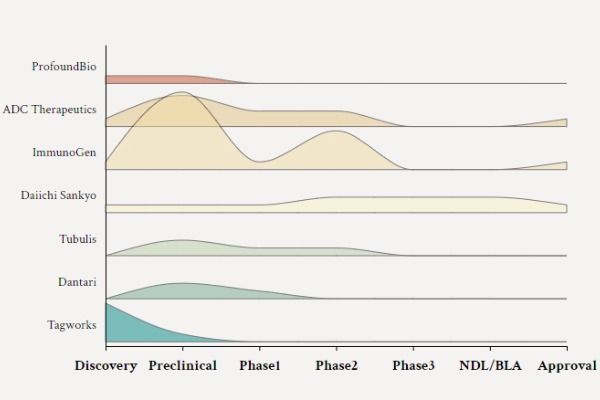What are the requirements for the fragment length in the shRNA design process?
In the design process of shRNA (short hairpin RNA), the fragment length is an important consideration factor, as it can affect the efficiency and specificity of RNA interference (RNAi). Here are some key points regarding the requirements for shRNA fragment length:
· Ideal length: In traditional shRNA design, a 21-nucleotide fragment is typically chosen as the target region because early studies considered that shRNAs of this length are most similar in structure to endogenous microRNAs (miRNAs) and exhibit better gene silencing effects.
· Length variation: Although 21 nucleotides is a common choice, researchers have also explored different lengths of shRNAs, such as 27 bp and 29 bp shRNAs, to evaluate their silencing effects.
· Stem length: The design of shRNA not only includes the target sequence but also the stem length. Studies have found that the stem length of shRNA also affects the gene silencing effect, with 29 bp shRNAs showing stronger silencing effects than 21 bp and 27 bp shRNAs in some cases.
· Avoiding excessively long fragments: If siRNAs (small interfering RNAs) exceed 30 nucleotides, they may trigger an interferon (IFN) response and activate the RNA-dependent protein kinase (PKR) pathway, leading to inhibition of cell proliferation or even apoptosis.
· Design software and tools: Various online tools and software are available for shRNA design, which can help researchers select the optimal length and target sequences while avoiding potential off-target and non-specific targeting effects.
· Experimental validation: After design, the silencing effect of the selected shRNA sequences needs to be experimentally validated, including measuring the expression levels of the target gene by methods such as quantitative fluorescent PCR.
· Vector construction: Once the shRNA sequence is designed, it needs to be cloned into an appropriate expression vector and verified through restriction enzyme sites and linker sequences.
In summary, the requirements for fragment length in the shRNA design process are multifaceted, considering the efficiency and specificity of RNAi as well as potential non-specific effects. By utilizing professional design tools and following design guidelines, researchers can efficiently design shRNAs tailored to their research purposes.




